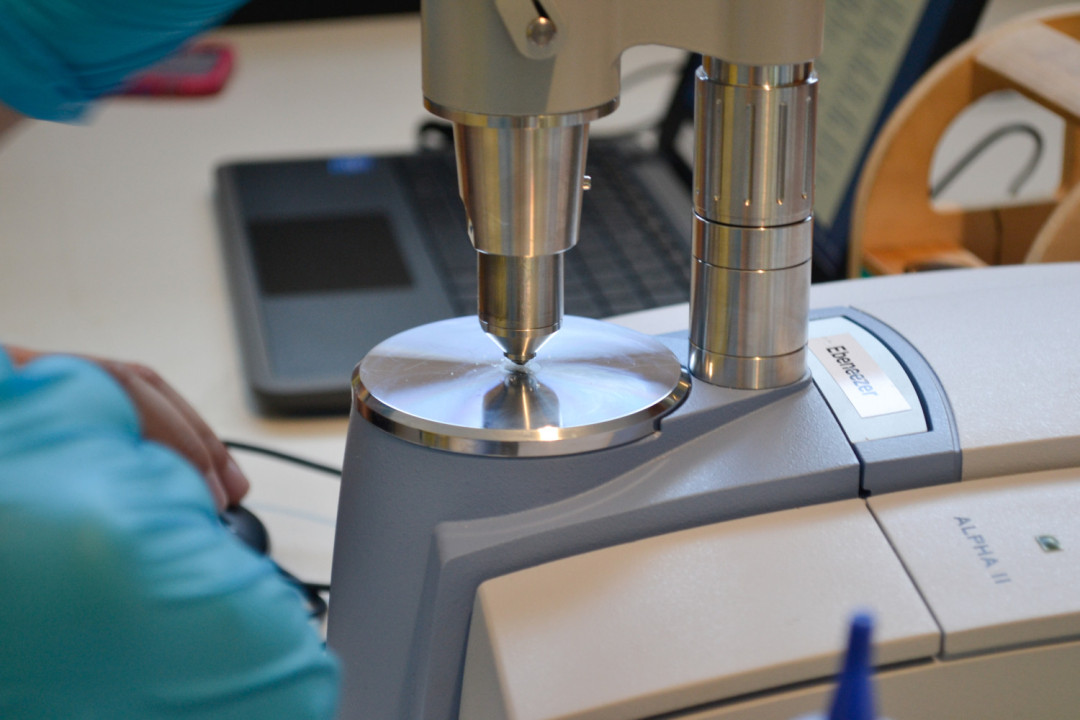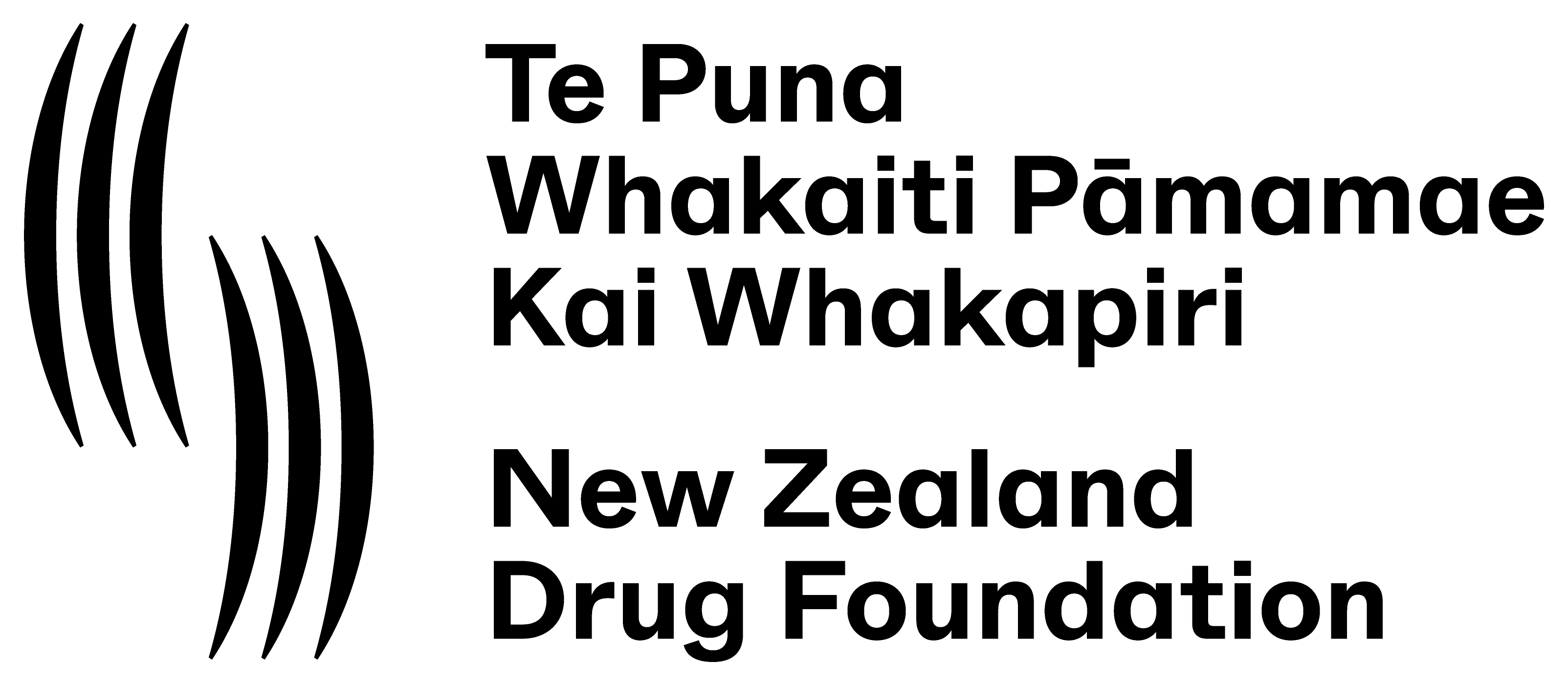Report: What we found at drug checking in 2022

Drug checking is a free and legal process that helps people find out what’s really in their drugs, so they can make informed decisions about if, when and how they take those drugs.
2022 was our first full year as a licensed drug checking provider. We ran 73 clinics and checked 1720 samples. That’s a whole lot of harm reduction!
We work alongside two other brilliant organisations that provide public drug checking – KnowYourStuffNZ, who pioneered the service, and the New Zealand Needle Exchange. Our thanks goes to these organisations for their work and support across the year. Science lab ESR provides invaluable confirmatory testing and extra scientific services.
Here's what we found.
A third of drugs were completely or partially different from what people thought.
Most people thought they had MDMA…
MDMA was the most common drug people thought they had when they brought it in for checking - making up 59% of the total.
The other most common presumed drugs were amphetamines at 5% (methamphetamine 4%, other amphetamines 1%), cocaine at 5%, ketamine at 4%, LSD at 4% and cannabis at 4%.
…and MDMA was the most commonly found substance.
But we also found concerning substances, such as:
Drug checking at Rhythm & Vines festival found 25B-NBOH sold as LSD. 25B-NBOH is a potent stimulant and psychedelic related to NBOMe, a group of substances that has been linked to multiple deaths overseas.
Isopropylbenzylamine can be mixed with or used as a substitute for meth. Isopropylbenzylamine may produce headaches and other uncomfortable effects.
Cathinones are a group of stimulants, often sold as MDMA. We see some common cathinones in New Zealand, like eutylone. New synthetic cathinones are concerning because their effects and risks aren’t well documented.
Benzodiazepines are a group of depressant drugs. Some benzodiazepines can be prescribed by a doctor. Novel benzodiazepines are active in very tiny doses, which can pose a risk of overdose. They may be sold on the black market as prescription benzos, but can have very different dosage rates.
46% of people said they wouldn’t take a drug after finding out it wasn’t what they expected.
People take drugs in all kinds of ways.
One of the questions we ask people is how they might use their drug if they choose to take it.
Most people (61%) said they would swallow it - either by itself, in a capsule, in a drink or parachuting (wrapping the substance in something like rice paper and swallowing it).
19% said they would snort the drug. 5% would smoke or vape, 5% did not answer, 4% would take sublingually (under the tongue), 3% would inject, 2.5% were unsure and 0.5% would take transdermally (on the skin, for substances that can be absorbed this way).
Remember, most of our samples were of MDMA - which affects the overall stats on how people are taking drugs.
No matter how they're taking drugs, people are likely to take steps to keep themselves safer.
Every client who accesses our service has a harm reduction conversation with our team. Here are the most common ways people told us they’d reduce drug harm:
- 29% of people told us that they would test any other substances they were using
- 29% of people told us that they would now take a lower dose than they had originally thought
- 27% of people told us that they would avoid mixing with alcohol, other drugs or medicines
- 23% of people told us they would use with other people around or a ‘trip sitter’
- 19% of people told us they would now use a lower risk method of use
- 15% of people told us that they would do more research on the substance before taking it
- 8% of people told us that they would not re-dose at all
(Note: most people said they’d do more than one of these).
We've loved our first full year as a drug checking provider, growing our drug checking team and getting stuck in to reducing drug harm. To everyone who brought us a sample and talked to us about how they stay safer - thank you!
Read the full report for more info, (PDF, 815 KB) including common fillers we found and drug-specific data for MDMA, methamphetamine and amphetamine, ketamine, cocaine and LSD.
Download the full drug checking report here. (PDF, 815 KB)
Recent news

Untreated ADHD leading to addiction and drug harm
A new report shows New Zealand’s failure to adequately diagnose and treat ADHD is likely leading to significant drug harm, including from alcohol and nicotine.

Report: Neurodivergence and substance use
Our latest report pulls together international evidence and local experiences of how neurodivergence impacts drug use

What researchers at University of Auckland are learning from giving people microdoses of LSD
‘Microdosing’ psychedelics involves taking small, repeated doses of a psychedelic drug. Researcher Robin Murphy talks us through the latest Auckland University microdosing study.

